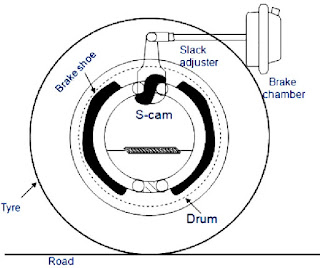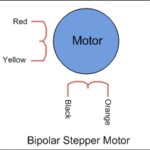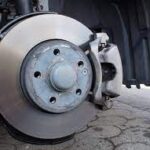The term braking comes from the term brake. We know that brake is an equipment to reduce the speed of any moving or rotating equipment, like vehicles, locomotives. The process of applying brakes can be termed as braking. Now coming to the term or question what is braking. First of all we can classify the term braking in two parts i) mechanical braking and the ii) electrical braking. Mechanical braking is left out here because as it is an electrical engineering site, we should only focus on electrical braking here. In mechanical braking the speed of the machine is reduced solely by mechanical process but electrical braking is far more interesting than that because the whole process is depended on the flux and torque directions. We will further see through the various types of braking but the main idea behind each type of barking is the reversal of the direction of the flux. So, we can understand that when it is asked that what is braking? We can say that it is the process of reducing speed of any rotating machine. The application of braking is seen at almost every possible area, be it inside the motor used in factories, industrial areas or be it in locomotives or vehicles. Everywhere the use of mechanical and electrical brakes is inevitable.
Types of Braking
Brakes are used to reduce or cease the speed of motors. We know that there are various types of motors available(DC motors, induction motors, synchronous motors, single phase motors etc.) and the specialty and properties of these motors are different from each other, hence this braking methods also differs from each other. But we can divide braking in to three parts mainly, which are applicable for almost every type of motors.
1. Regenerative Braking.
2. Plugging type braking.
3. Dynamic braking.
Regenerative Braking
Regenerative braking takes place whenever the speed of the motor exceeds the synchronous speed. This braking method is called regenerative braking because here the motor works as generator and supply itself is given power from the load, i.e. motors. The main criteria for regenerative braking is that the rotor has to rotate at a speed higher than synchronous speed, only then the motor will act as a generator and the direction of current flow through the circuit and direction of the torque reverses and braking takes place. The only disadvantage of this type of braking is that the motor has to run at super synchronous speed which may damage the motor mechanically and electrically, but regenerative braking can be done at sub synchronous speed if the variable frequency source is available.
Plugging Type Braking
Another type of braking is Plugging type braking. In this method the terminals of supply are reversed, as a result the generator torque also reverses which resists the normal rotation of the motor and as a result the speed decreases. During plugging external resistance is also introduced into the circuit to limit the flowing current. The main disadvantage of this method is that here power is wasted.
Dynamic Braking
Another method of reversing the direction of torque and braking the motor is dynamic braking. In this method of braking the motor which is at a running condition is disconnected from the source and connected across a resistance. When the motor is disconnected from the source, the rotor keeps rotating due to inertia and it works as a self –excited generator. When the motor works as a generator the flow of the current and torque reverses. During braking to maintain the steady torque sectional resistances are cut out one by one.


